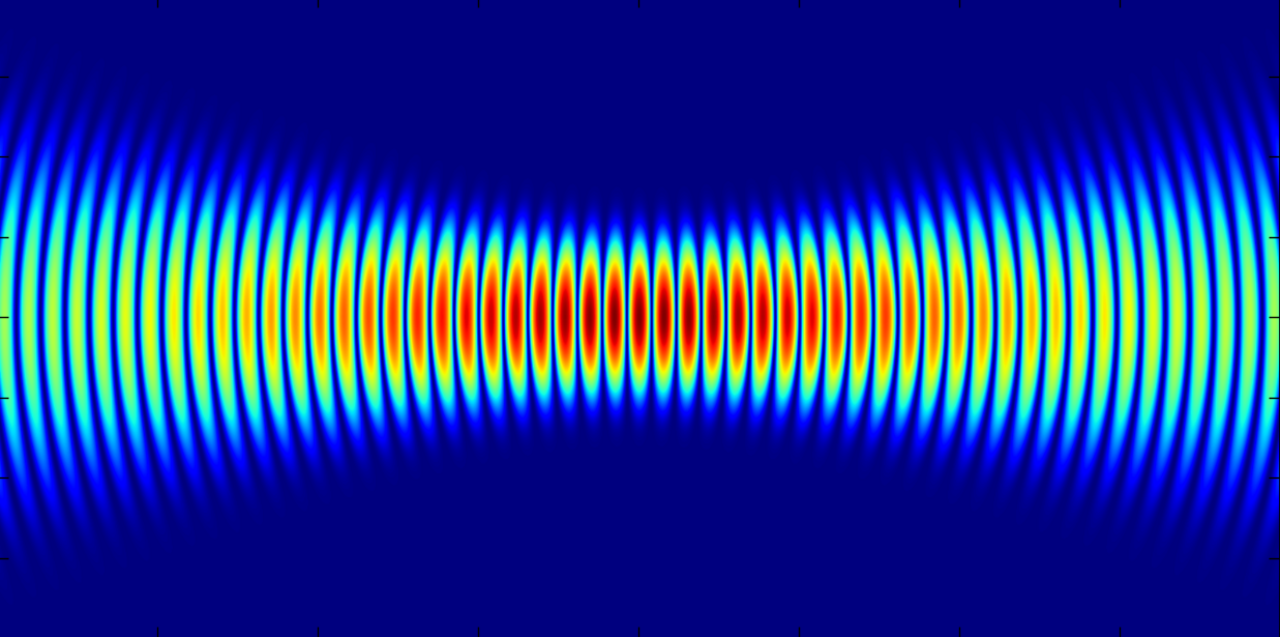
Waarborgen van de kwaliteit van laserlassen
Processpecificatie en kwalificatie van de operator voor laserstraallassen
Zoals bij alle lasprocessen moet het laserlassen zorgvuldig worden gecontroleerd om de kwaliteit te garanderen. Een slecht gecontroleerd proces zet de deur open voor scheuren, porositeit, onvoldoende penetratie en gebrek aan versmelting – die allemaal het falen van de lasverbinding kunnen veroorzaken als ze in voldoende hoeveelheden aanwezig zijn.
Je zegt misschien tegen jezelf: "Deze lasnaden zijn zo klein, hoe moet ik in vredesnaam de kwaliteit ervan garanderen ?!" Het goede nieuws is dat er gevestigde methoden zijn om de kwaliteit van laserlassen te garanderen. Dit zijn de drie die volgens mij het belangrijkst zijn:
1. Een schriftelijke, gekwalificeerde lasprocedure
Documenteer in de laswereld lasprocedures met behulp van een Welding Procedure Specification (WPS). Een WPS is een document dat alle essentiële variabelen specificeert die moeten worden gedefinieerd en gecontroleerd bij het maken van een bepaalde lasverbinding. Enkele van deze essentiële variabelen zijn het ontwerp van de verbindingen, de soorten basismetaal, de soorten vulmetaal, beschermgassen, het lasertype en de laserinstellingen.
Een WPS moet meestal worden gekwalificeerd (of bewezen) door middel van testen. Meestal gaat het hierbij om het maken van proeflassen volgens de WPS, en het onderwerpen van de proeflassen aan geschikte materiaaltests om er zeker van te zijn dat ze aan alle technische eisen voldoen. WPS-kwalificatietests kunnen niet-destructieve inspecties (visueel, penetrant, röntgenonderzoek, lekcontrole) of destructief onderzoek (buiging, treksterkte, hardheid, metallografie) omvatten. Exacte testvereisten worden meestal gespecificeerd in de contractdocumenten (technische tekeningen of kwaliteitsspecificaties). De resultaten van de WPS-kwalificatietest worden gedocumenteerd in een Procedure Qualification Record (PQR).
2. Gekwalificeerde lasoperators
De persoon die het laserlasapparaat bedient, moet zijn opgeleid en aantonen dat hij/zij in staat is lassen te vervaardigen die voldoen aan de geldende kwaliteitseisen. De training moet niet alleen de juiste bediening van de apparatuur omvatten, maar ook de veiligheidsoverwegingen bij het werken met lasers.
Demonstratie van de bekwaamheid van de operator omvat meestal tests die vergelijkbaar zijn met WPS-kwalificatie. De kwalificatie van operators kan niet-destructieve en/of destructieve tests omvatten, afhankelijk van de contractvereisten. De resultaten van deze tests worden gedocumenteerd in een Operator Process Qualification Test Record (OPQTR), of een soortgelijk formulier.
3. Kwaliteitscontrole van gelaste productieonderdelen
Om de voortdurende kwaliteit van lasergelaste onderdelen te garanderen, moet een fabrikant over een kwaliteitsborgingsprocedure beschikken. De details van deze kwaliteitsborgingsprocedure kunnen variëren van organisatie tot organisatie, of van contract tot contract. De meeste omvatten bemonsteringsplannen, inspectieprocedures, acceptatiecriteria en periodieke destructieve evaluatie.
Laserlassen brengt veel voordelen met zich mee.
Als het goed wordt gecontroleerd, kan het betrouwbare lasverbindingen van hoge kwaliteit in uw product opleveren.
This page is still under construction
ISO 15609-4:2009 - Specification and qualification of welding procedures for metallic materials
Welding procedure specification - Part 4: Laser beam welding
Abstract
ISO 15609-4:2009 specifies requirements for the content of the welding procedure specification (WPS) for laser beam welding processes, including overlay welding. It is not applicable to other processes for cladding (e.g. thermal spraying).
Variables listed in ISO 15609-4:2009 are those influencing the quality and properties of the welded joint.
This standard was last reviewed and confirmed in 2020. Therefore this version remains current.
Detection of laser welding defects
Laser Weld Penetration Defects
Laser Welding Quality Related to Penetration
Penetration depth and penetration defects at laser Welding
The penetration depth is closely related to the joining strength. Any penetration defects on welds, such as inappropriate relationships between the penetration depth and base material, will greatly affect the quality and strength of welding. With butt laser welding as an example, the following describes typical penetration defects.
Insufficient penetration
A defect where the amount of penetration is insufficient compared to the required penetration depth due to factors such as insufficient application of heat to the molten metal. The figure shows an example of lap fillet welding. In butt welding, this defect easily occurs on the bottom of grooves. In the case of a thin plate tee (horizontal fillet) coupling, penetration is regarded as insufficient if the penetration depth is 20% or less of the thin plate.
Incomplete fusion
A defect in which parts of the base metal have not been penetrated by the molten metal. The figure shows an example of a thin plate tee (horizontal fillet) coupling. This defect is caused, for example, by the insufficient application of heat to the molten metal and pre-flow of molten metal. In circumferential welding, it is also caused by the preceding and succeeding beads being transferred to lap welding before they have penetrated sufficiently.

Full penetration laser welding, partial penetration laser welding, and their strength
Different grooves also cause different patterns of penetration, leading to differences in the strength of welds.
Full penetration laser welding
Full penetration welding is a welding method in which the groove of the base material to be joined is united and embedded with molten joining materials (filler rod and welding wire), as with butt welding.
It can be said that full penetration welds are highly reliable in strength design as they have the same proof stress as the base material. On the other hand, they require high welding quality. Particular attention is required at the ends of welds to prevent defects such as undercut welds. It is also important to control and adjust reinforcement because stress concentrates on excessive reinforcement, causing cracking or other such problems.
Partial penetration laser welding
Partial penetration welding is a method in which a partial groove is created on the base material. In this method, the base material is only welded partially, while full penetration welding welds the entire plate thickness of the base material. Although full penetration welding is used in general, partial penetration welding is required in some cases, such as where joined sections are intertwined due to the design and manufacturing of materials.
However, caution is required during partial penetration welding on locations to which bending moment or tensile force is applied because the welding strength of partial penetration welding is often not sufficient. Thus, the strength design of welds, as well as the measurement and inspection of whether dimensions of actual weld penetration such as throat thickness satisfy the design conditions, are all particularly important.

